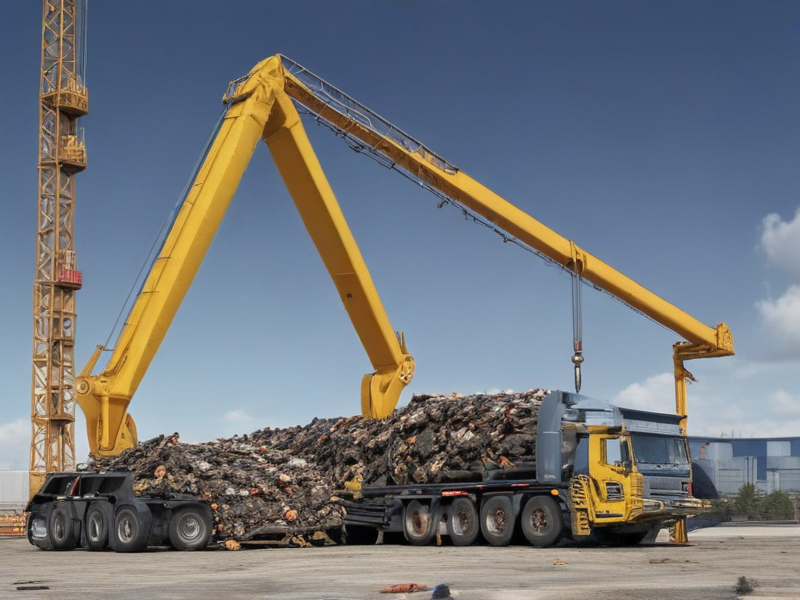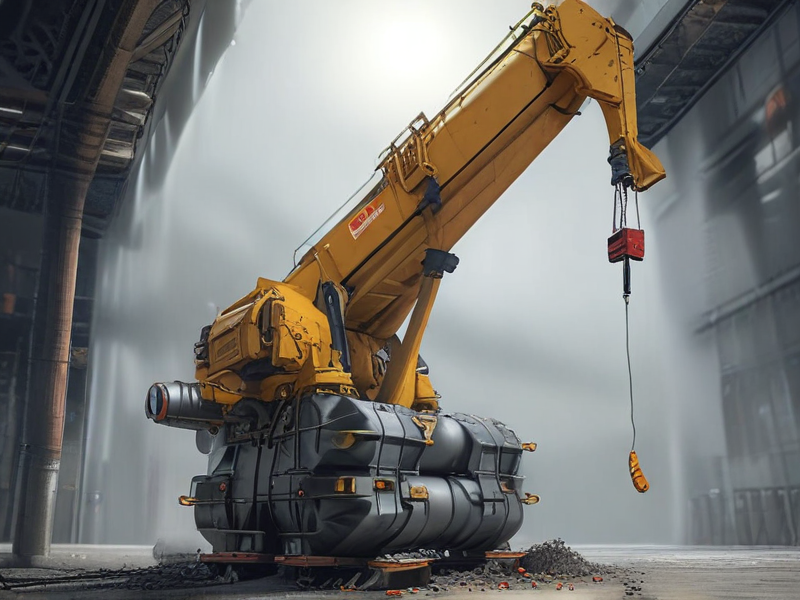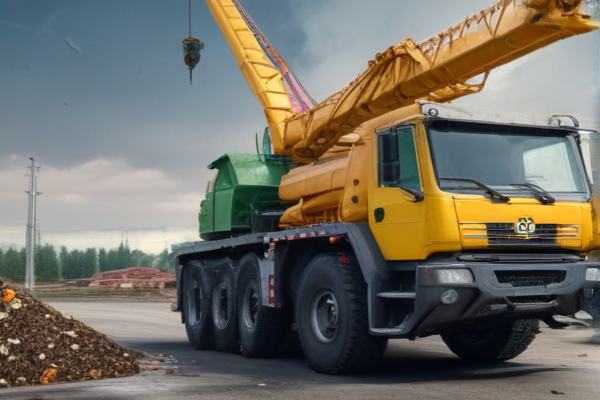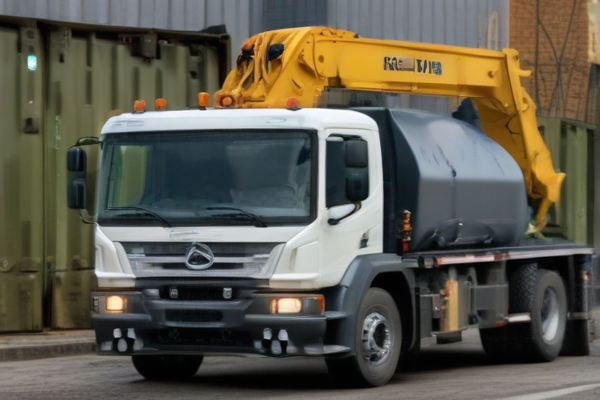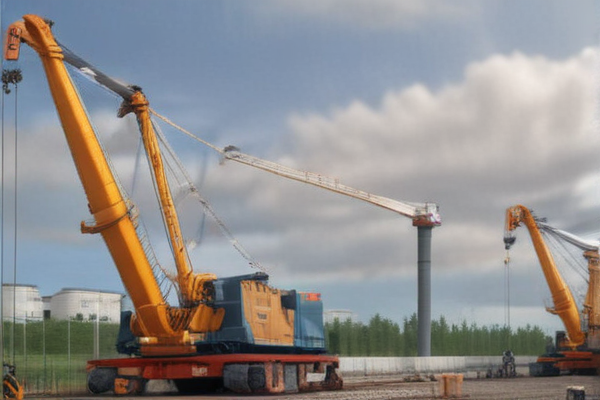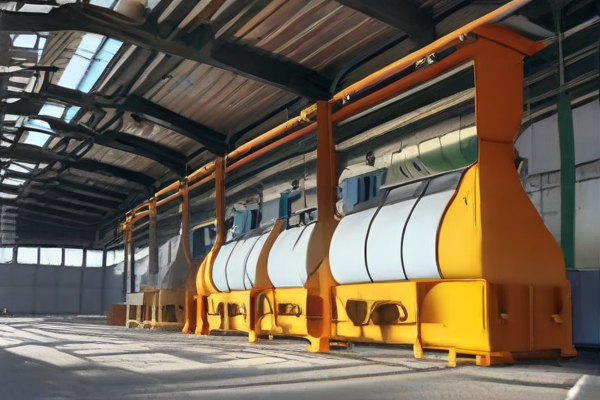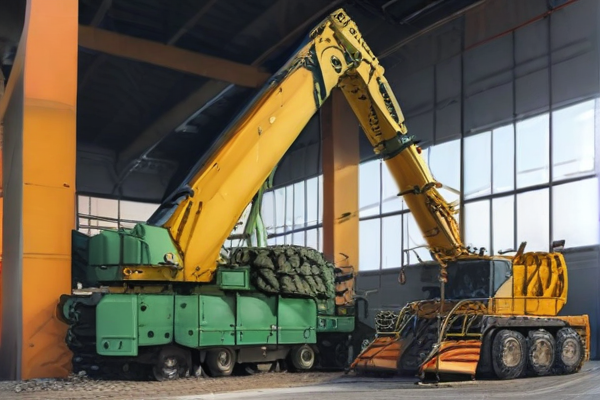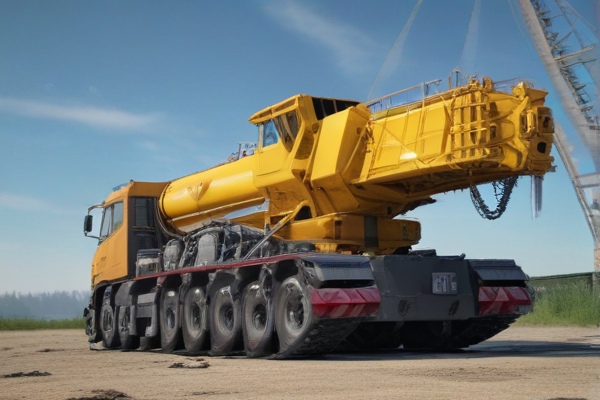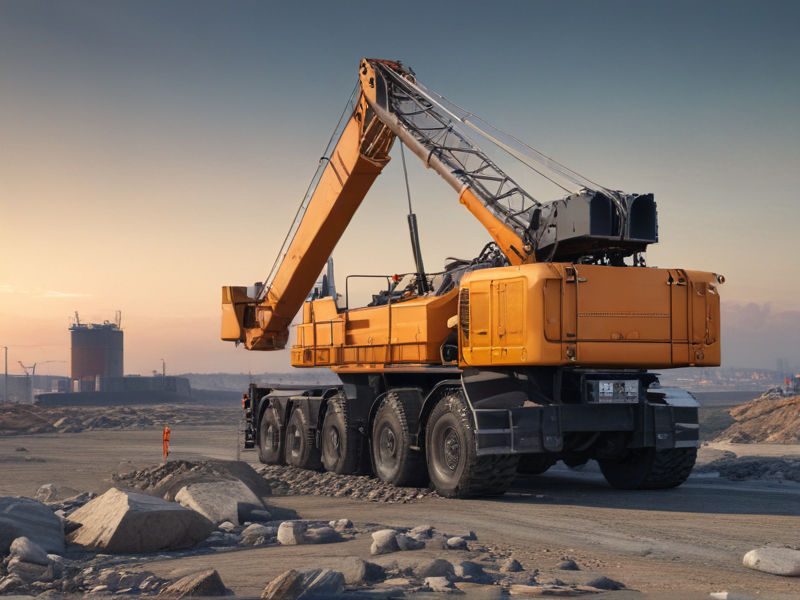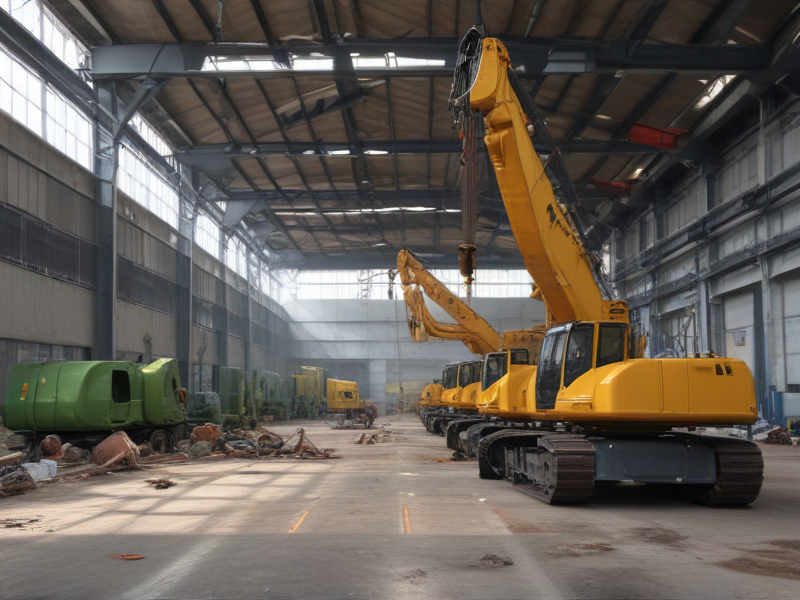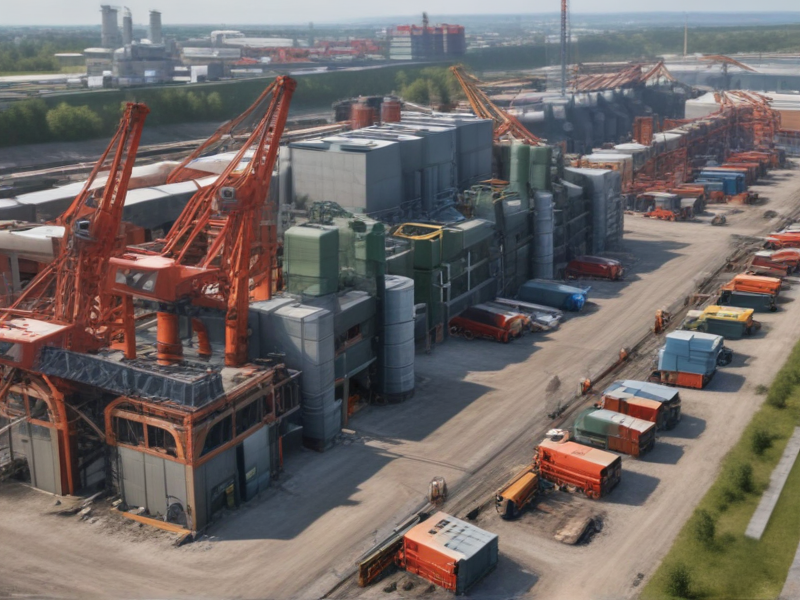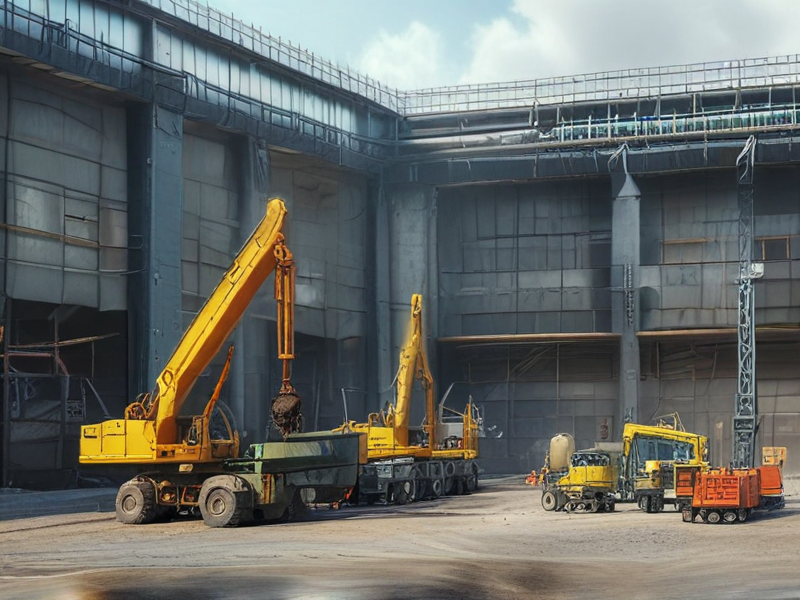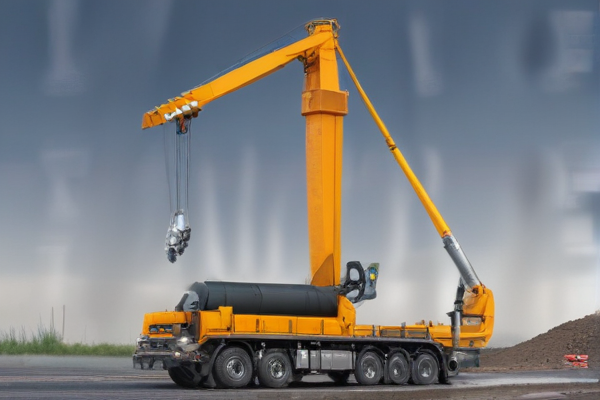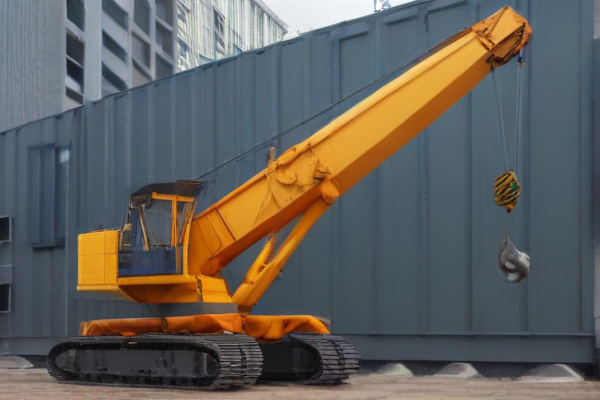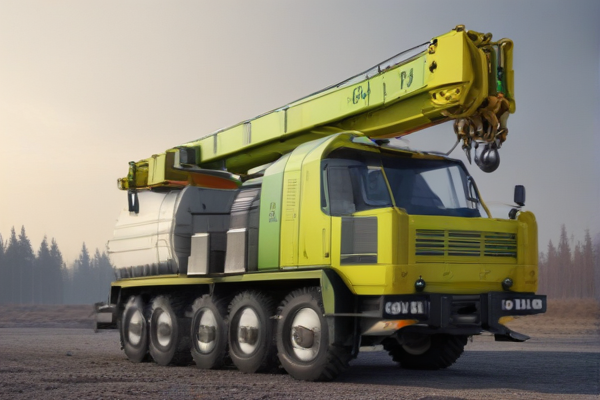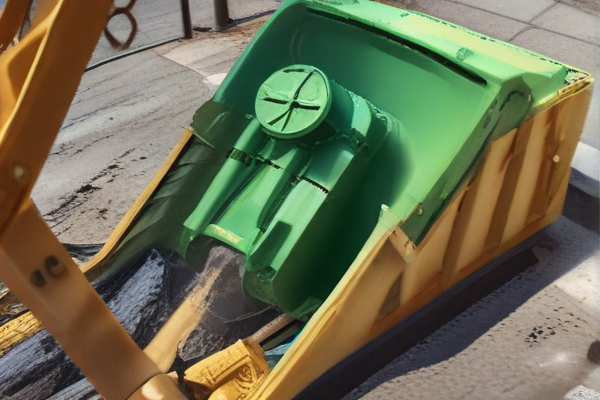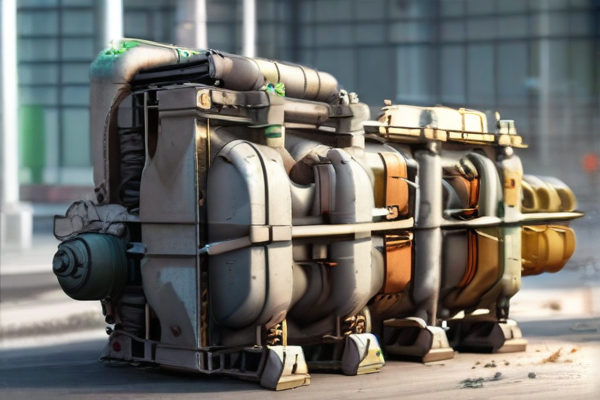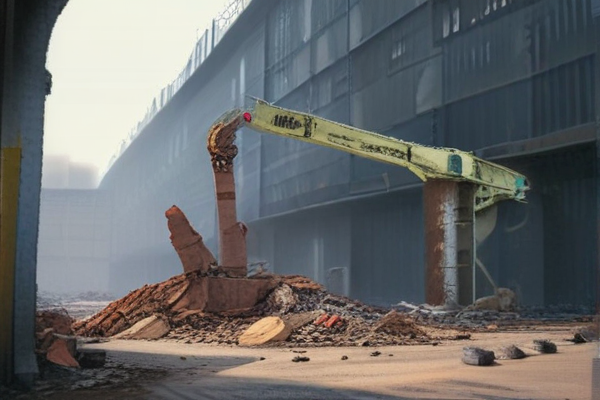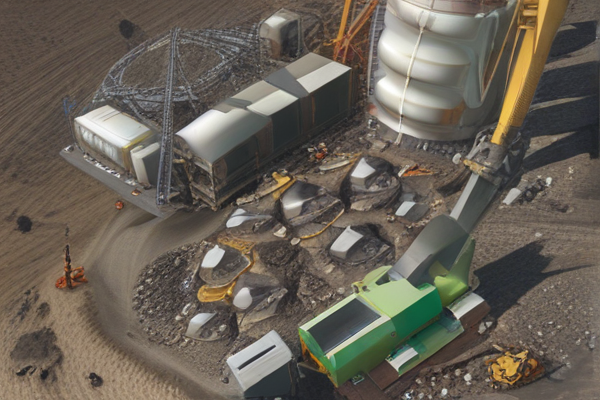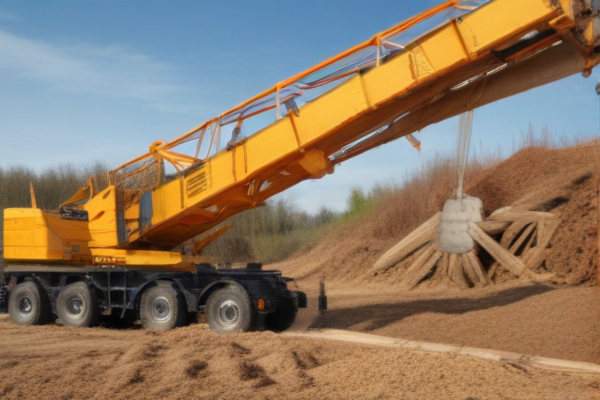Waste to Energy Cranes transform waste management by converting waste materials into energy. These cranes facilitate efficient waste handling, reducing landfill dependency and generating renewable energy.
Applications:
– Efficient waste sorting and handling
– Enhanced automation in waste management facilities
– Reducing landfill waste
– Converting waste to renewable energy
– Optimal resource recovery
– Reduced greenhouse gas emissions
– Improved workplace safety
– Streamlined waste feed systems for incinerators
– Lower operating costs in waste plants
– High-load capacity for bulky waste
– Continuous operation for uninterrupted waste processing
– Advanced control systems for precision handling
– Remote monitoring and diagnostics
– Integration with waste-to-energy conversion technologies
– Supporting circular economy initiatives
– Compaction and pre-treatment of waste
– Minimizing labor-intensive waste processing tasks
– Customized solutions for diverse waste types
– Improved efficiency in waste-to-energy plants
– Elimination of manual waste sorting
– Better space utilization in waste management facilities
– Facilitating municipal solid waste processing
– On-site installation and maintenance services
– High durability and reliability
– Optimized performance with minimal downtime
– Better environmental compliance
– Automatic weighing and data recording
– Adaptability to different industrial applications
– Supporting sustainable waste management practices
– Enhanced public health and sanitation
– Promoting energy recovery from waste
– Reducing the carbon footprint of waste management activities
– Targeted removal of hazardous materials
– Quicker turnaround times in waste processing
– Synergy with recycling operations
– Facilitating energy production from non-recyclable waste
– Customized gantry and trolley systems
– Reduction of odor and pest issues
– Flexibility in handling various waste volumes
– Contribution to renewable energy targets
– Supporting national and international waste policies
– Reducing dependency on fossil fuels
– Green technology implementation
– Collaboration with governmental and environmental agencies

